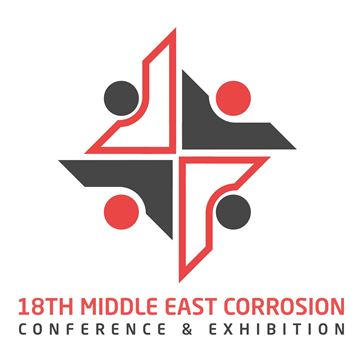Search
Individual Conference Papers
View as
Sort by
Display
per page
From 6Mo To Ni-Base – Characterizing The Corrosion Performance Of Two Important Material Groups
Product Number:
51322-17935-SG
Publication Date:
2022
$20.00
From galvanic anodes to ICCP system for offshore jackets revamping
Product Number:
51323-19177-SG
Publication Date:
2023
$20.00
From JIP to Digital Business - CUI Risk Manager
Product Number:
51319-12965-SG
Publication Date:
2019
$20.00
From Pits To Cracks: A Review Of 45-Years Of Published Research On Surface Trenches In Low Alloy Steels Exposed To H2S-Containing Environments
Product Number:
51322-17957-SG
Publication Date:
2022
$20.00
From Standard to Certification: Evolution of the Coating Application Specialist Program
Product Number:
41211-590-SG
Publication Date:
2011
$20.00
Full Ring Test in Sour Environment - Importance of Testing Set-Up and Strain Monitoring
Product Number:
51324-20997-SG
Publication Date:
2024
$40.00
Full-Scale Testing Validation and Quantification of Optimized Engineered Composite Repair Systems for Pipeline Repair
Product Number:
51319-13439-SG
Publication Date:
2019
$20.00
Fundamental Approaches to Corrosion Resistant Alloy Development
Product Number:
51323-19410-SG
Publication Date:
2023
$20.00
Fundamental Mechanisms of Mild Steel Corrosion in H2S Containing Environments
Product Number:
51319-12875-SG
Publication Date:
2019
$20.00
Fundamentals of Making Good Decisions in Coatings Selection: Interpreting the Hidden Aspects of Accelerated Test Results
Product Number:
41212-722-SG
Publication Date:
2012
$20.00
Fundamentals on Welding of Duplex/Super Duplex Stainless Steels
Product Number:
MECC23-19947-SG
Publication Date:
2023
$20.00
Further Advances In Paperless QA For Coatings Inspection
Product Number:
41211-604-SG
Publication Date:
2011
$20.00












